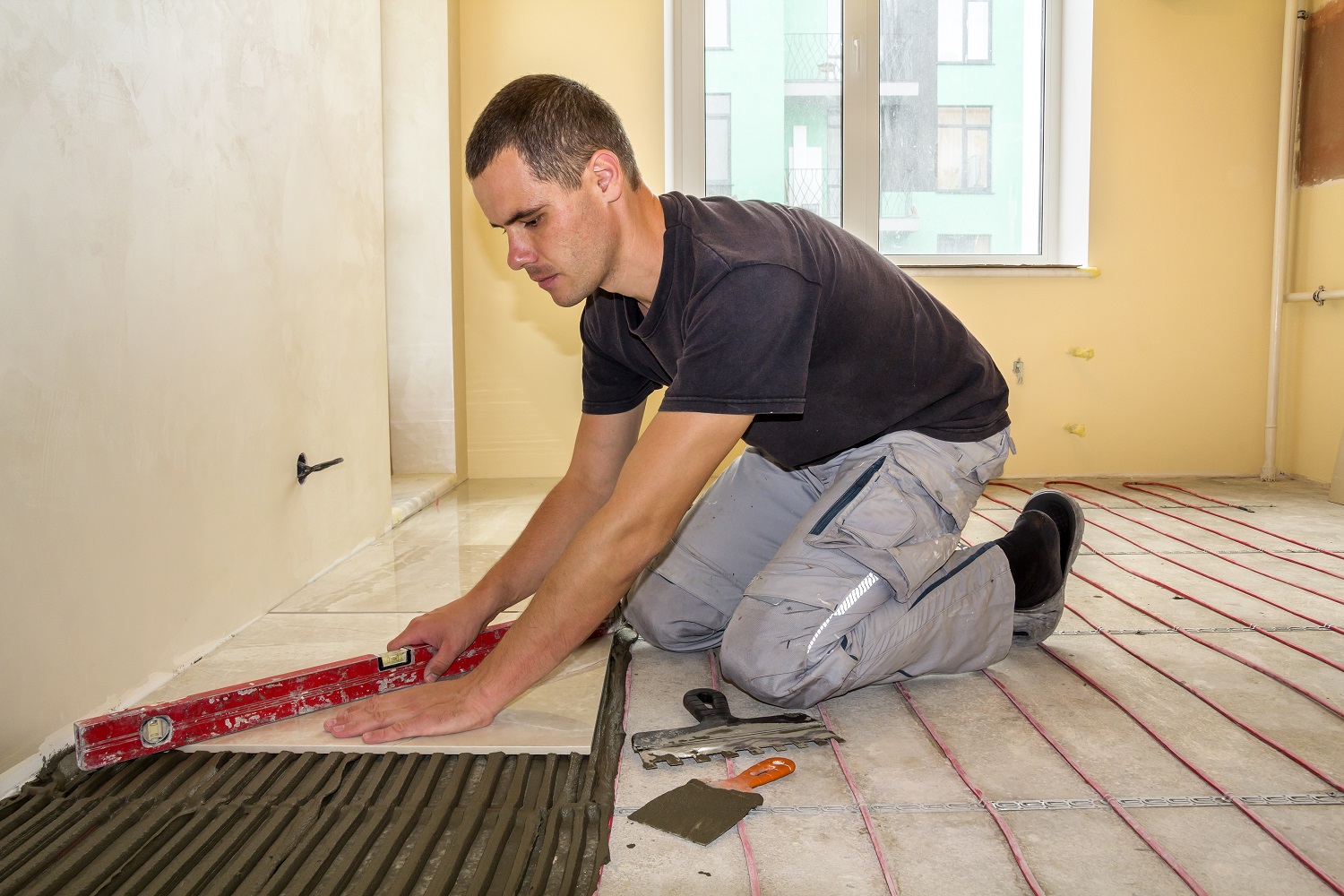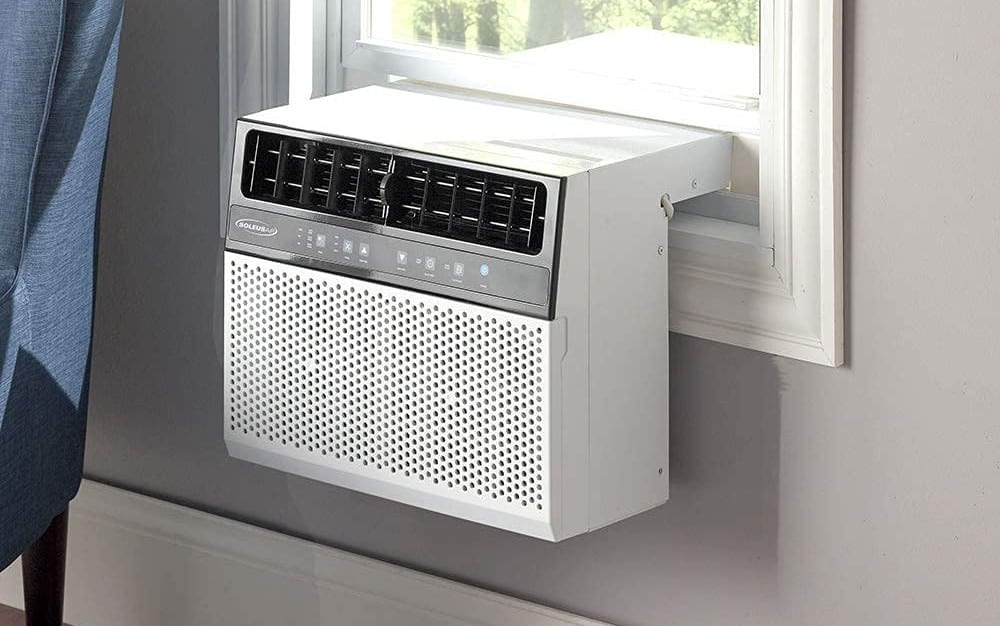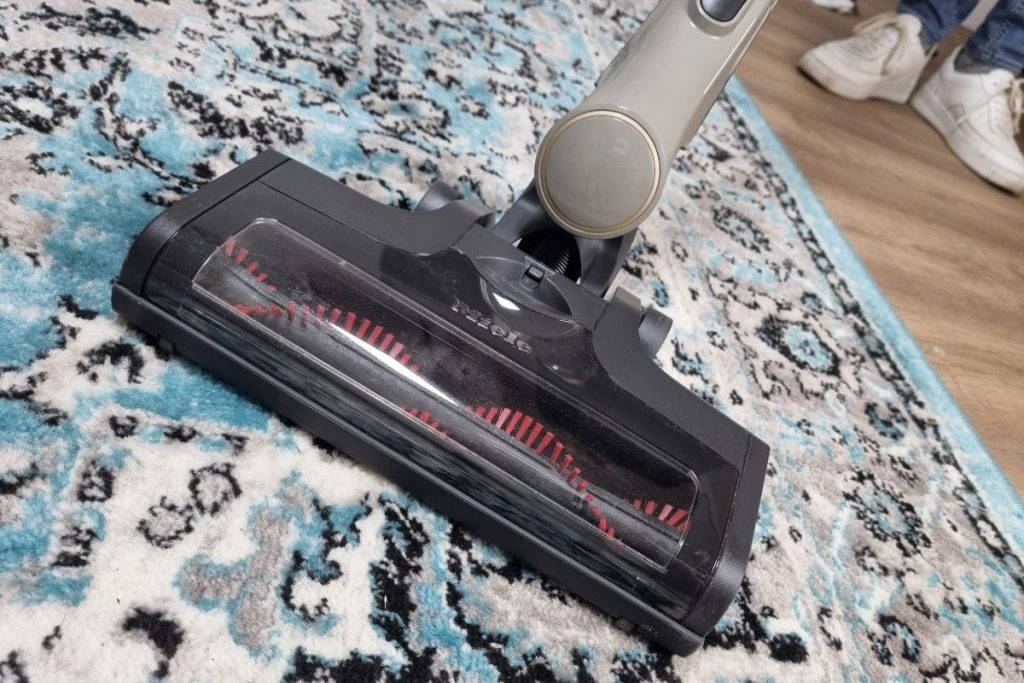Top 15 Best Flooring For Radiant Heat Of 2024
Bob Vila Apr 19, 2024 7:44 PM
Using the internet, we discovered how many possibilities are there. Even we got lost: the competition is tough. So, we laid out criteria to choose the best flooring for radiant heat. The criteria were fairly simple: get the most bang for a buck, have great performance and user reviews.

Overview
Radiant floor heating is a simple and efficient approach to keep your house warm and comfy.. As a result of these distinct effects, the flooring must meet particular requirements.
If you want the greatest flooring for radiant heat, seek for a material that does the following:
-
Isn’t too thick
-
Good heat conductivity is one of its main advantages.
-
Not prone to growing or shrinking in size.
-
Resilient to extremes of temperature and humidity
Wrong flooring selection can lead to reduced radiant heating efficiency and possibly floor damage. The following are the finest flooring options for radiant heat.
- SCORE8.8
- BrandQuietWarmth
- Prime
- SCORE8.6
- BrandHEATIT
- Prime
Last update on 2024-04-19 / Affiliate links / Images, Product Titles, and Product Highlights from Amazon Product Advertising API
Type of flooring
Porcelain and ceramic tile
It's widely accepted that porcelain and ceramic tile are the best materials for radiant floor heating.
The thinness of these tiles allows them to be excellent heat conductors. As a result, heating a room consumes less energy and takes less time. In addition to being more energy efficient, tile will hold its heat longer than other floor coverings.
A hydronic radiant heating system can leak water without harming the tiles, because they don't contain any organic elements.
With either electric or hydronic heating systems, tile will never expand and contract with the temperature of the floor. Since expansion and contraction can cause cracking if this isn't done, this is critical.
As well as being beautiful and elegant, porcelain and ceramic flooring also have a number of other advantages.
Natural stone tile
With radiant heating, stone tile can resist temperature changes without expanding or contracting, just like porcelain and ceramic tiles. As a matter of fact, stone tile will keep its heat for a longer period of time. When a hydronic system leaks, stone can handle the water without causing any damage.
Stone tiles are excellent heat conductors.
A radiant floor heating system will keep your feet toasty even in the coldest of months, even if the floor is made of natural stone.
Laminate
For a fraction of the cost of real hardwood, laminate flooring can provide a similar aesthetic effect. It can also be used to simulate stone or tile. As a radiant floor heating option, it's one of the better ones.
Since laminate is thinner than actual hardwood, it won't expand or contract as much in response to temperature fluctuations.
Laminate, on the other hand, is susceptible to dampness. Your floor could be damaged permanently if you utilize hydronic radiant heating.
Laminate flooring can only withstand temperatures of 80–85 degrees Fahrenheit, making it ideal for cooler climates. Electric or hydronic radiant heating systems would be restricted in their ability to be turned up too high as a result.
Wood flooring
The thermal qualities of different types of wood flooring differ, and as a result, they have different acceptability for use with underfloor heating systems. For underfloor heating, the better the boards conduct heat, the denser and thinner the boards must be to do the job.
For usage with an underfloor heating system, engineered wood is the ideal option because it adapts well to temperature fluctuations. It is possible to use other types of wood flooring, but care must be taken to ensure that the floorboards do not become an insulator and block the heat. The floor surface temperature should not be higher than 80.6°F when installing wood flooring.
Because wood absorbs moisture when heated, you should look for wood flooring that can withstand temperature fluctuations without affecting its appearance. Check with the flooring manufacturer to see if the wood is suitable for underfloor heating before purchasing.
Vinyl flooring
Underfloor heating systems are safe to use with vinyl flooring. Vinyl has a rapid rate of heating and cooling. There is a temperature limit for vinyl floors, usually 80.6°F (27°C), which restricts the amount of heat they can produce, making them unsuitable for high heat loss situations like sunrooms.
Rubber flooring
Underfloor heating can be used with rubber. As a result of its high thermal conductivity, solid rubber flooring typically heats up quickly and produces a lot of heat. If you plan to use underfloor heating, check with the manufacturer beforehand.
Things to consider
You can have any sort of flooring you desire because floor heating works well with all types of flooring. You may easily choose the proper flooring for your home by focusing on your home's needs and evaluating your choices. A carpet could be a good option if you have young children in the house.
To help you choose the ideal flooring for radiant heating systems, we'll go through the following steps:
Understand your needs
Underfloor heating should be installed in a specific location. The bathroom vanity is an example of a small piece of furniture in a room. To help you choose the right flooring for your home, consider the following:
Research on the pros and cons of all flooring types
There are a variety of flooring options to consider whether building a new house or remodeling an existing one.
Understand the costs involved
This will cover both the installation and, if necessary, ongoing maintenance costs. You may end up spending more money in the long run if the flooring material requires more care after installing the radiant heating system.
Consider the overall style
It's important that your flooring materials match the rest of your home's design. When making this decision, you'll need to strike a balance between practicality and style.
Ask a professional for help
Your floor heating needs may be taken care of by the experts at Heavenly Heat Inc., so don't hesitate to get in touch! We'd love to hear from you.
What is Radiant Heat Flooring?
Radiant heating systems deliver heat directly to your home's floors or to panels in the walls/ceilings of your residence. Infrared radiation is used to convey heat directly from a hot surface to the people inside a room in systems like these. Don't you already have a pleasant, fuzzy feeling?
A variety of radiant floor heat systems can be installed either wet or dry, depending on the type of flooring that is being used.
-
Radiant air floors (air delivers the heat)
-
Electric radiant floors
-
Hot water (also known as hydronic) radiant floors
What are the benefits of Radiant Floor Heating?
Heated hardwood floors have a number of advantages, among them:
Since duct losses are eliminated, it is more efficient than "forced-air" heating systems.
As well as warming the air, it also helps to reduce the amount of heat being lost from the room's inhabitants, making everyone more comfortable.
Due to its lack of distribution of allergens, radiant heat is preferred by those who suffer from allergies.
It's quiet, clean, and long-lasting; the air is cleaner and more breathable.
Vents aren't an issue, so you don't have to worry about furniture placement over them.
Hydronic systems (liquid-based systems) consume less power;
To heat the liquid in hydronic systems, a variety of energy sources can be used;
And the value of your home will rise as a result of having radiant heat flooring.
It is possible to use wireless zone heating and set different temperatures for each room depending on the type of heating system you choose.
Can Tile And Concrete Be Installed Over Floor Heating System?
Tile and stone are two of the greatest materials for underfloor heating since they are both durable and easy to clean. Because of their high thermal conductivity, these two types of floor coverings can swiftly transmit heat from the heating pipes or wires to the floor's surface. Underfloor heating works better when it is installed on tile or stone floors because of the good heat retention.
In rooms with substantial heat loss, such as sunrooms, we recommend installing underfloor heating systems on tile and stone flooring.
Can Carpet Be Installed Over Floor Heating System?
Carpet is a great option for a home's flooring since it can be heated with a radiant in-floor system. If you still want the warmth and efficiency of an underfloor heating system with the comfort of carpeting under your feet, you can go ahead and install it. Underfloor heating on carpets, on the other hand, has its own set of constraints. In order for the underfloor heating system to work properly, carpets must be removed from the floor.
Take the following measures if you decide to have underfloor heating placed over carpeting in your home.
The thickness of the underlayment is an important consideration since it can absorb a significant amount of heat, resulting in a decreased production of heat in your home. You should be able to heat your home with the underfloor heating system you select.
Carpets and underlay should not exceed 2tog in terms of their combined TOG value (an indicator of a material's ability to insulate).
There are a number of advantages to using radiant floor heating, but it's crucial to choose the correct flooring. Ceramic, porcelain, or natural stone tiles are the most popular solutions for underfloor heating, according to most experts.
Your home's market value might be boosted by installing the correct tile floor.































